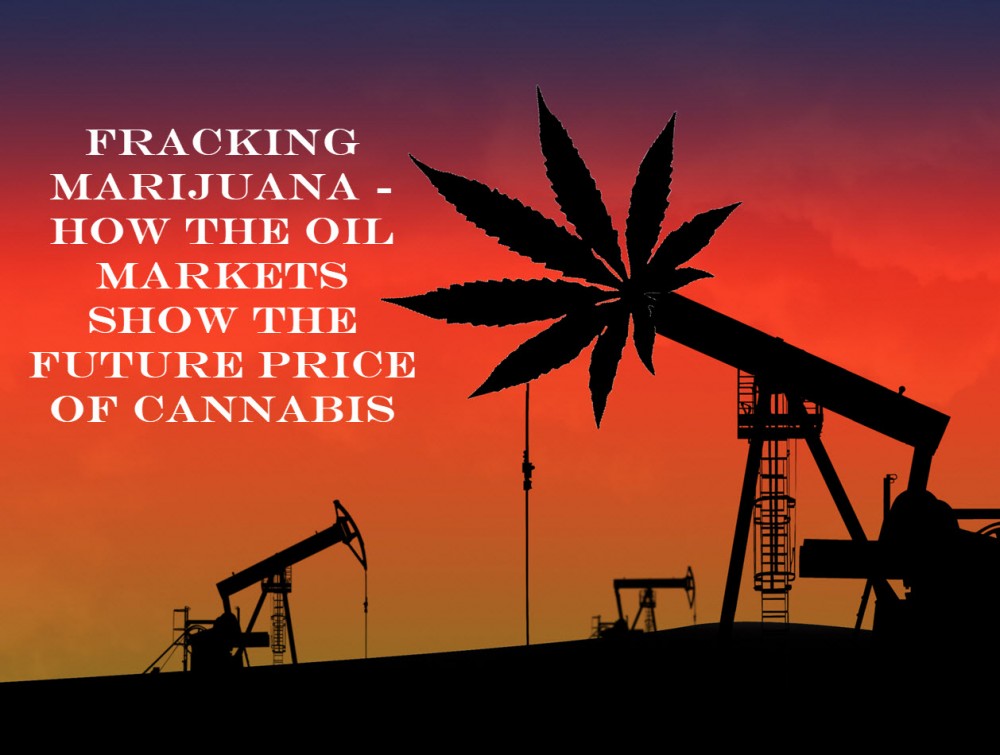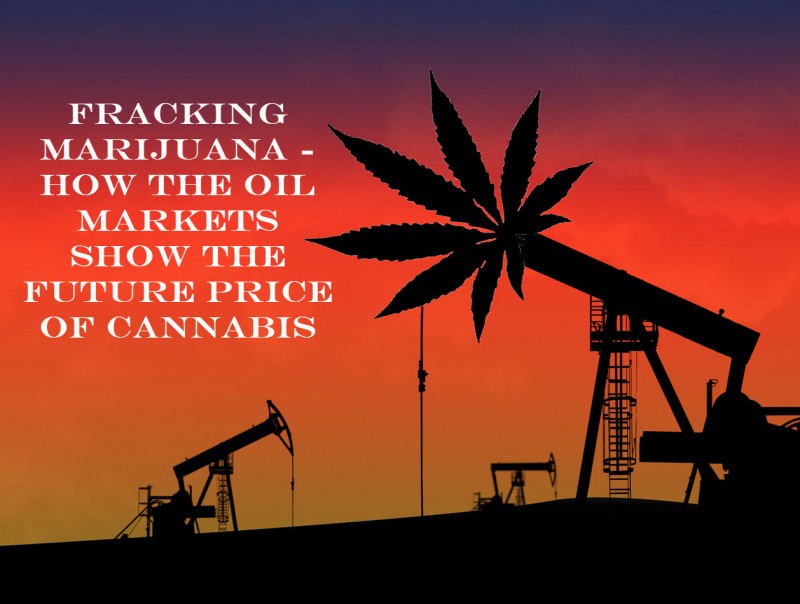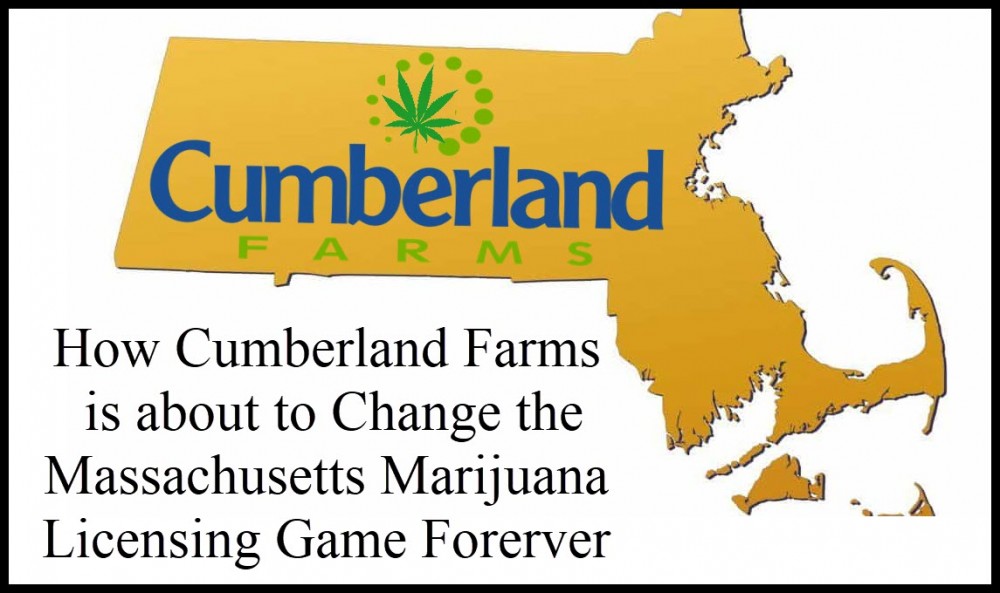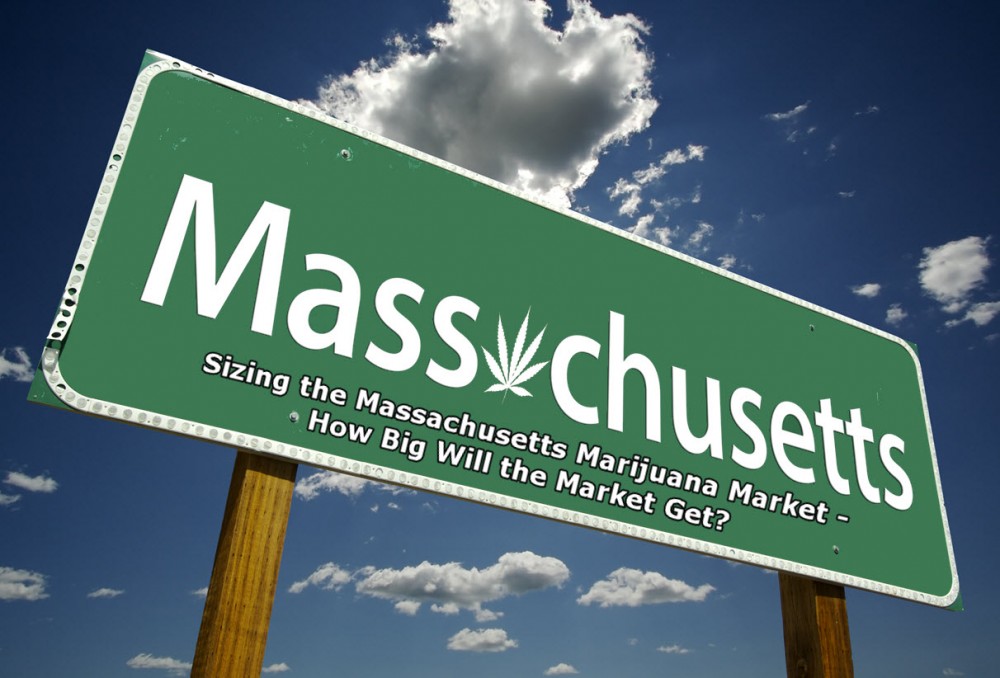Marijuana: Drilling Prices to the Bottom

Oil is often seen as a boom or bust industry. By June 2014, oil prices had peaked at over $100 per barrel. It was harder to tell what was stronger; oil prices or optimism. Prices began to slide and just seven months later, oil prices had slid to $47 per barrel. Compared to June, 2014, prices were like a buy-one-get-one with a 6% discount on top of that. Oil prices slowly recovered to $60 but by February 2016 had bottomed out at $28. Three and a half barrels would set a buyer back $98. Numerous factors drove that decline but one sticks out as a good lesson for marijuana operators. We’ll get to it in a moment.
In some ways, marijuana is like oil; there is a cost to get it out of the ground, there are heavy investments in fixed assets to get it out of the ground, and as long as the price is greater than the cost to get it out of the ground, the effort generates cash for the business. Whaaat??? Assume for a moment that the variable cost to get your commodity out of the ground is $20 and you sell it for $80. With the volume of product you are harvesting, you need to contribute $45 per unit to cover your fixed costs, whether those costs are drilling rigs or cultivation facilities. That leaves you a $15 per unit profit. If you harvest 1,000 units per month, it covers the $45,000 of fixed costs. With a $15 profit margin, you can cover your fixed costs as long as prices remain at least $65. If the price drops to $50 per unit and your variable costs are $20, that leaves a $30 per contribution per unit toward your $45,000 monthly fixed cost. That means to service fixed costs – including debt – you have to ramp up production to 1,500 units per month. And that is what happened in the oil patch in 2015.
As oil prices rose, operators expanded and loaded up on debt. As long as prices were increasing, debt was easy to service. When prices began to slide, finances got tight, When prices dropped below an operator’s break-even threshold, in order to service the debt and avoid default, operators increased production. As production increased, naturally so did supply. Increased supply into a declining price market tends to lead to further price declines. If in our example, prices dropped further to $40 per production unit, less the $20 variable cost to harvest the commodity, left a $20 contribution to fixed costs. At a $45,000 fixed cost structure, the operator would need to increase production to 2,250 units per month. Bear in mind, as production increases, so does supply. Increased supply into a declining price market tends to lead to further price declines. Within 20 months, the price of oil declined from over $100 a barrel to about $28 – driven in part by operators increasing production in a vicious downward cycle to maintain sufficient cash flow to service their debt.
Massachusetts marijuana prices are strong. But then again, Massachusetts is in its infancy. Massachusetts has less than ten percent of the stores open that will be open once the market is fully developed. Massachusetts prices are 40% higher than Colorado. Massachusetts investors see nothing but upside and euphoria. Massachusetts cultivation developers have no fear at investing $250 or $300 per foot to develop cultivation sites. Some sites are costing upwards of $18 million – to grow a plant. Eventually the market will come into balance – supply will equal demand. Prices will come down to more realistic levels. Growers will get more efficient, drive costs down and produce more product. When that happens, operators heavy in debt will need to continue to increase harvests in order to service that debt in order to avoid default. As marijuana production increases, naturally so does supply. Increased supply into a declining price market tends to lead to further price declines. Sounds a lot like oil, doesn’t it? The open question is when; it won’t be this year, and it will likely take Massachusetts until 2024 until the market reaches maturity; but once that happens, it’s anyone’s guess how long it will take until the cultivation squeeze impacts marijuana like it did oil.
Author
David Rabinovitz is the CEO of NewCann Group and has been involved in the marijuana industry since 2010. David is the acting treasurer of MassCann/NORML. He’s a trainer for the Massachusetts Cannabis Control Commission Social Equity program. David is data-driven and well versed in all things Massachusetts marijuana.
He is a frequent guest on Weed Talk Live with Jimmy Young and Curt Dalton. He speaks at various industry events and his industry insights and analysis have been featured on Cannabis.net, NextCity.org, WickedLocal, The Boston Business Journal, WGBH, Daily Free Press, and Marijuana Venture magazine. He provides pro-bono consulting and guidance to Social Equity and Economic Empowerment candidates. Despite a phobia for needles, in his spare time he is a regular platelet donor for the American Red Cross. Connect with David on LinkedIn at https://www.linkedin.com/in/davidrabinovitz/.
GET MORE STORIES BY DAVID, READ THESE...
CUMBERLAND FARMS AND MARIJUANA LICENSES IN MASS?








